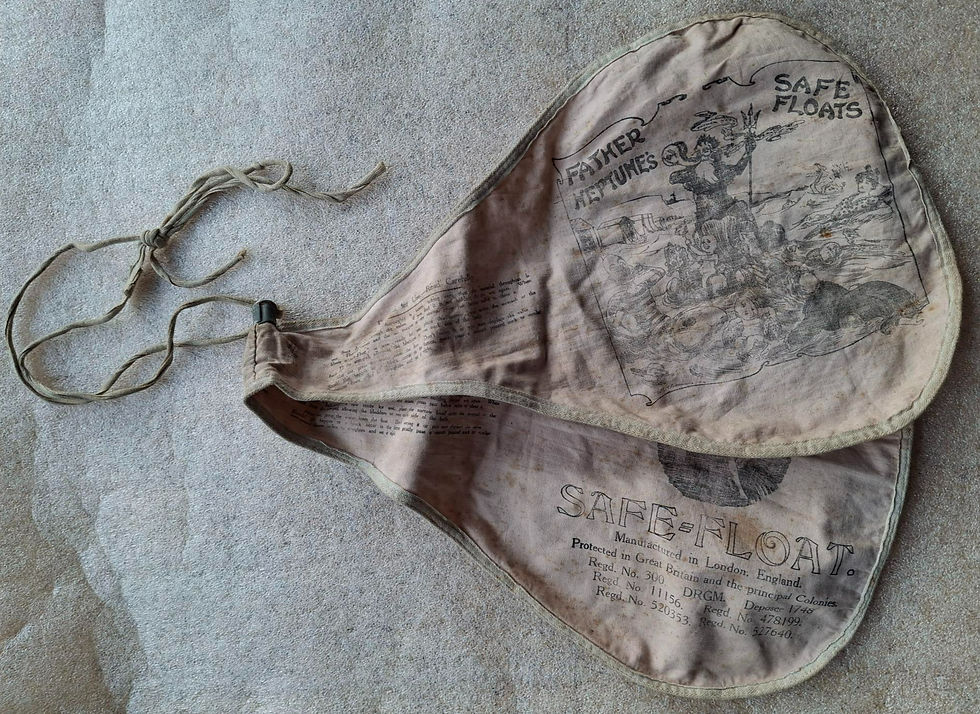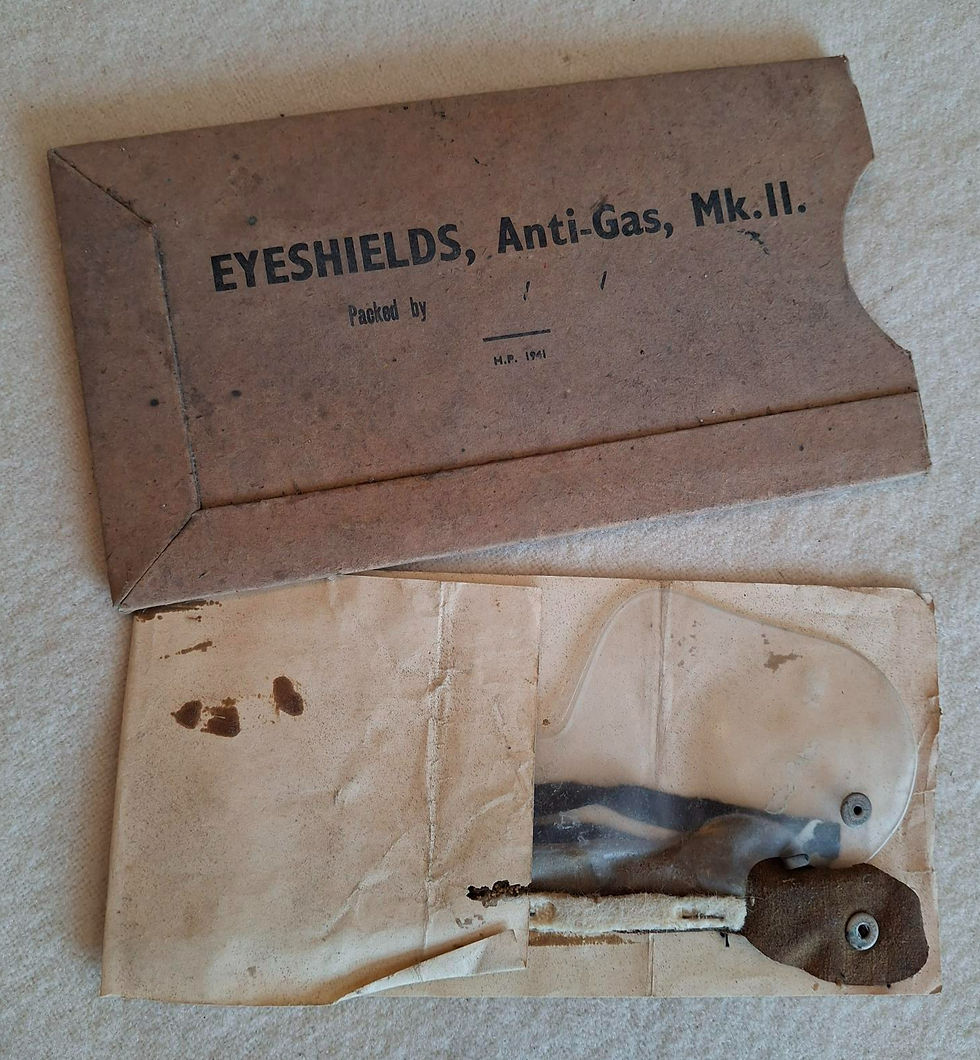Has anything about writing really changed?
- KVcreativecopy

- Jun 2
- 2 min read
When I began my copywriting course at the College of Media and Publishing, there was reference to that fact that:
everything you need to know about copywriting was written in 1935
Matt Bailey - YouTube video
And it's true. Good writing has always been, and will always be, good writing. The medium on which we receive the words has undoubtedly evolved and expanded exponentially since then, but the basic principles remain exactly the same:
Write using nouns and verbs
Avoid using qualifiers like 'very'
Don't overstate
Use orthodox spelling. Avoid fancy words
Rewrite and edit. Always
Clarity is the most important aspect of all
What made this thought ping into my head? I have been rummaging around in many boxes of old stuff, helping my dad to get some items ready for auction. In doing so, I came across some pretty incredible old things!
When it comes to safety, words really do matter
Nobody wants to be reading a novel to find out how to stay safe in the moment. Being clear and concise is everything. I found a set of buoyancy aids from around the same period as the list above - the 1930s. For an item like this, getting the message across clearly really could be a matter of life and death. But did they get it right?

Spit it out then!
Do I mean water, or information? Potentially both! These safe-floats are a type of early arm bands for water safety, and here are the instructions:
Soak the Safe Float thoroughly in water, taking care that the material throughout is wet, Then blow up through the valve. If you find it is not holding the air, wet again. When blown up to the full extent and the air escapes at the seams, press just below valve to close in. The Safe Float is now ready for use. Place the narrow band under the stomach or the back (not the arm pit) allowing the bladders to rise each side of the body.
Wow. These instructions are crying out for bullet points or some sort of diagram. Way too wordy and off-putting to engage with in one big chunk.

Yes, now we have a numbered list!
Another fascinating find from my antique rummage was this wartime eye shield.


This, in comparison, is far more clear and concise. Just what is needed in a medical situation during the stress and worry of wartime. I'm not too sure I would trust this to keep me at all safe, but at least it's easy to follow the short list of instructions!
So what this all reinforces in my mind is that Matt Bailey seems to be right. The basics of good writing, detailed way back in the 1930s, still very much apply and all that matters is:
What do I want to say?
Who am I saying it to?
What does the reader need from it?
How can I be clear in my message?
Done.
Next time you are reading something (anything!) have a think about this and test it out. Will it pass the 1930s standards? Let me know if you have found any interesting old relics of your own hanging around!



Comments